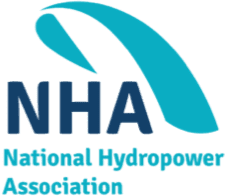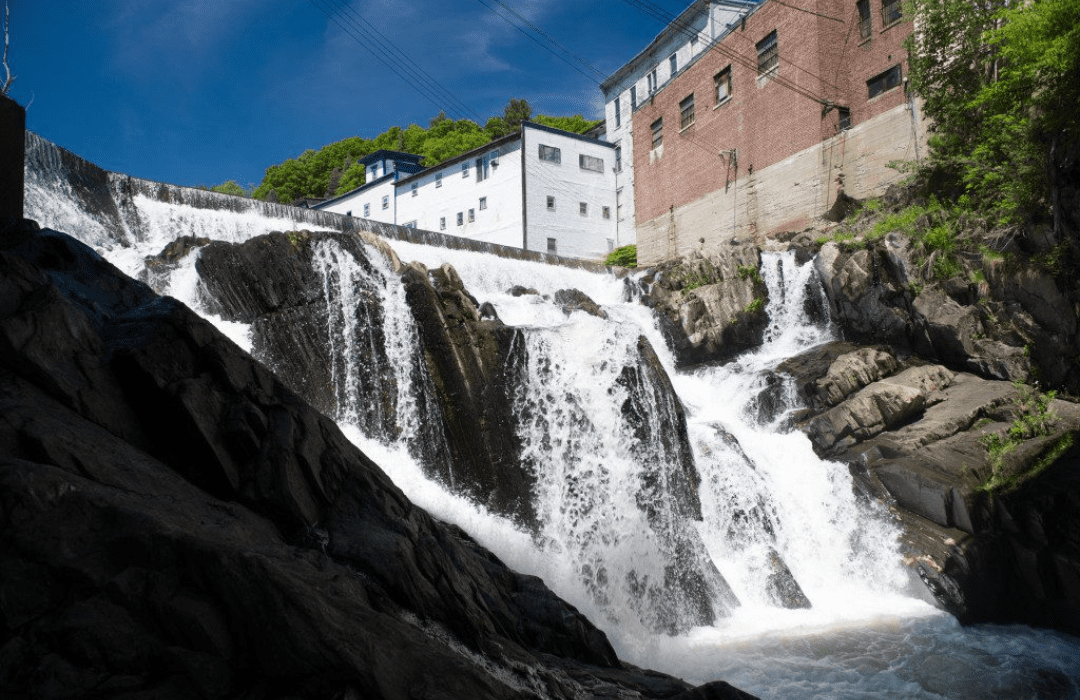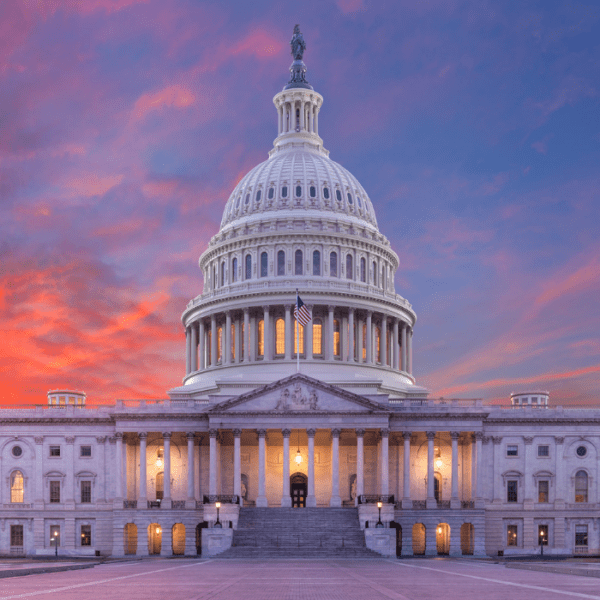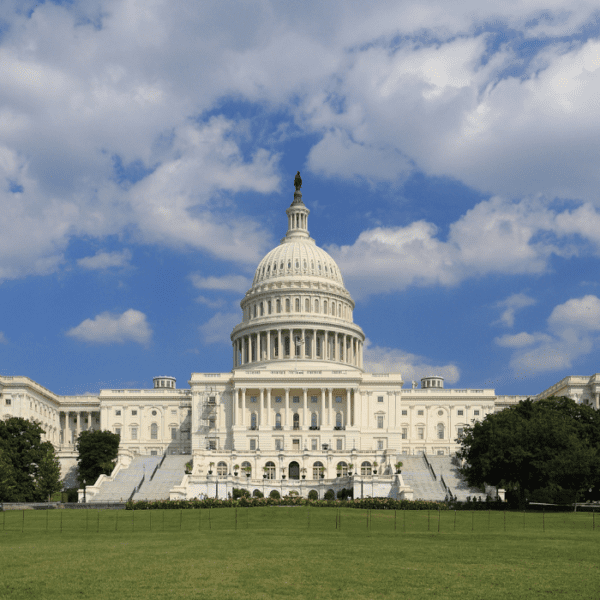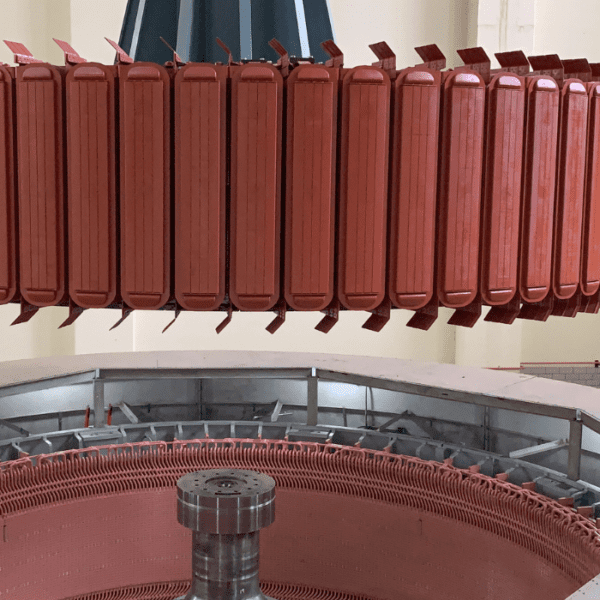The hydropower industry provided an overwhelming response to two recent Department of Energy (DOE) Grid Deployment Office (GDO) programs to support re-investment in the existing hydropower fleet.
These programs, advocated for by National Hydropower Association (NHA), were adopted as part of the Infrastructure Investment and Jobs Act (IIJA), which was signed into law in November 2021.
The Section 243 hydropower efficiency improvement incentive supports owners or operators of existing facilities who make capital investments that improve their efficiency by at least 3%. The Section 247 maintaining and enhancing hydroelectricity incentive supports asset owners who make capital investments to improve grid resilience, improve dam safety, or reduce environmental impacts.
Both programs were significantly oversubscribed, with $7 billion proposed in private investment for more than 650 projects at existing hydro facilities despite only $629 million available in financial incentives from the Bipartisan Infrastructure Bill, highlighting the huge demand and need for further federal incentives for existing hydropower projects.
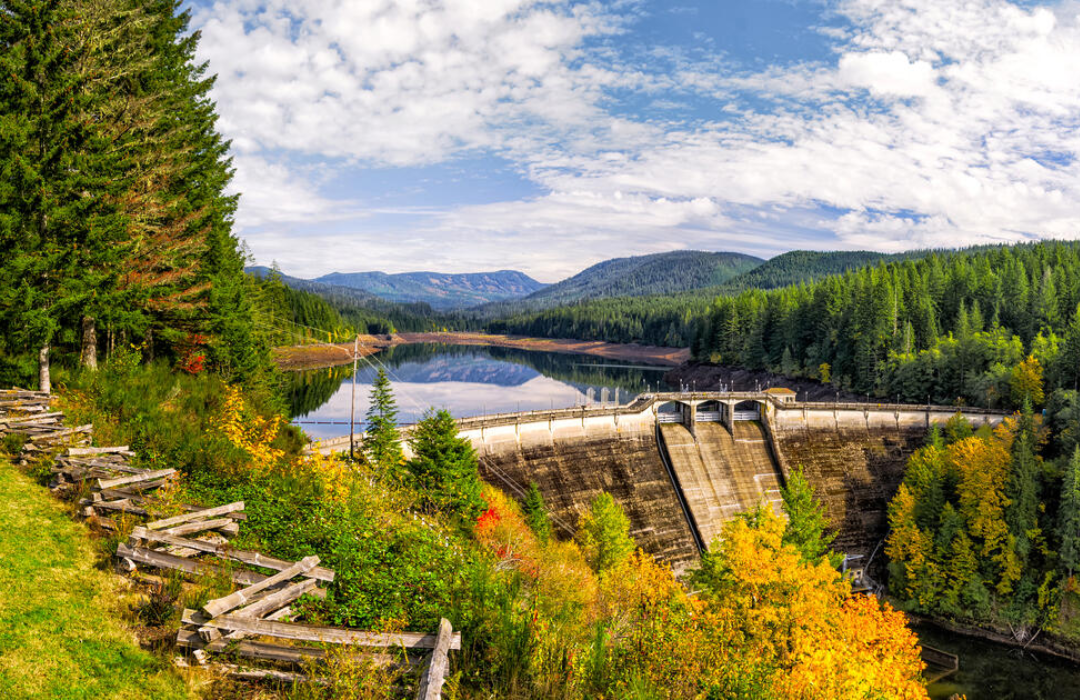
UPDATE ON SECTION 243
The GDO deadline for applying to the Section 243 program was June 20, 2023. In its early analysis, the GDO stated it received 93 applications with requests for funding totaling almost $200 million. This is over 2.5 times the $75 million in funding appropriated through the IIJA for the program.
The total reported project costs associated with the Section 243 applications is $1.18 billion, which means that every dollar of public funds the GDO invests in these projects leverages an additional $5 in private investment.
As the Section 243 program was oversubscribed, the ranking process will come into play. No data has yet been released on the numbers of applications that would qualify for the small hydropower carveout. In its Section 243 guidance, GDO indicated it may set aside up to 25% of the funding for small projects, defined as hydropower projects that have a nameplate capacity of less than 10 MW and owned by small businesses, municipal entities, nonprofit organizations, electric cooperatives, or tribal communities.
Further, GDO stated that the eligible applications will be prioritized to maximize benefits and prioritization will occur based on a ranking of applications by their efficiency improvement percentage. Applications demonstrating that capital improvement increased the facility’s efficiency beyond original design specifications will be awarded a bonus of 1% to their efficiency improvement percentage. Applications with the same total efficiency improvement percentage, after any bonuses are awarded, will be ranked by nameplate capacity with larger facilities taking priority over smaller facilities.
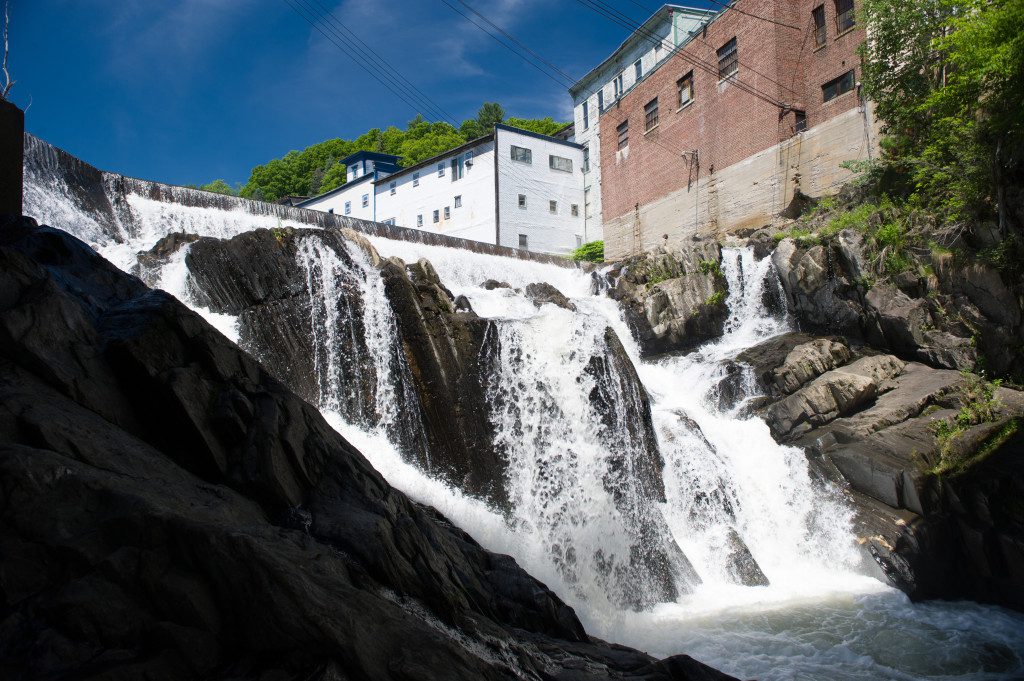
SECTION 247 UPDATE
For Section 247, applications are not due until October 6, 2023. However, the GDO required potential applicants to file Letters of Intent (LOIs) by June 22, 2023. LOIs were required in order to be eligible to apply this fall.
GDO reports it received 599 LOIs for the Section 247 program with requests for funding totaling $823 million. This is almost 50 percent greater than the $554 million in funding appropriated through the IIJA. This response far surpasses the expectations of both NHA and the GDO.

The total reported project costs associated with the Section 247 LOIs is $6.2 billion, which demonstrates the value of GDO funds in supporting investment in the existing hydropower fleet – in this case with every dollar leveraging an additional $10 of private investment.
In addition to the overall numbers, GDO has also released further details for the Section 247 LOIs by category. Of the 599 LOIs, 160 were for grid resilience, 309 for dam safety, and 130 for environmental improvements.
With an increasingly aging fleet, it was not surprising that dam safety work substantially outpaced that of the other categories. As the industry worked to develop the Section 247 program in the run-up to the IIJA, support for dam safety investments was consistently raised by asset owners as a top need.
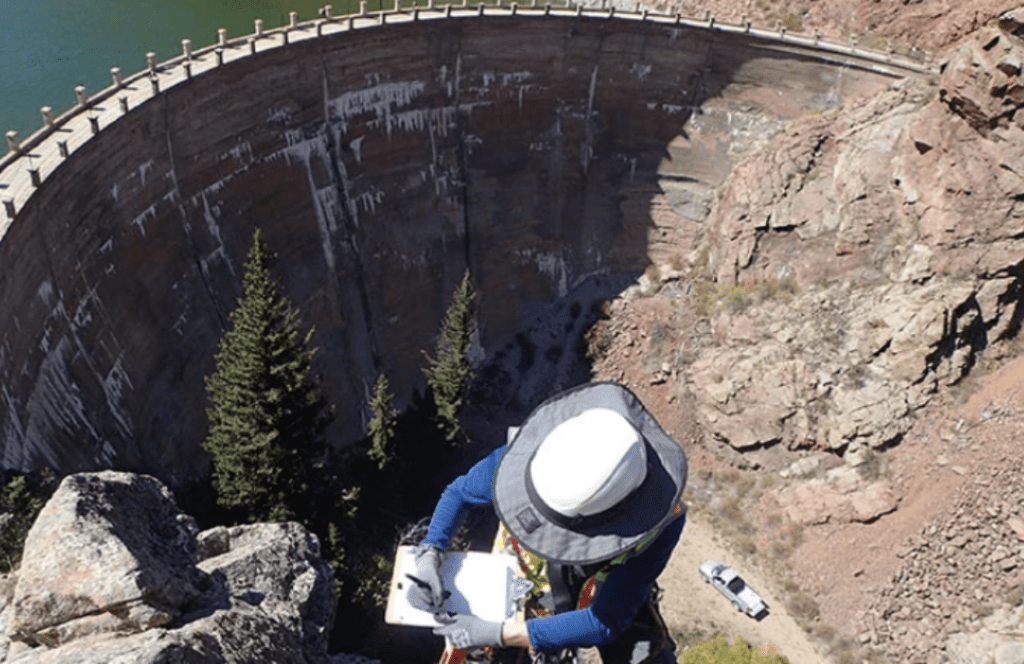
What may have been more surprising was the amount of grid resilience projects, even surpassing environmental improvement work. This demonstrates the increasing importance hydropower projects play in maintaining grid reliability, providing flexibility, and supplying needed grid services to integrate intermittent generation, such as wind and solar.
As with the Section 243 program, no data has yet been released on the numbers of Section 247 LOIs that would qualify for the small hydropower carveout. GDO intends to allocate up to 25% of the funding for small projects, as similarly defined under the Section 243 program.
Again, because the Section 247 program was oversubscribed, the ranking criteria for the individual categories as outlined in the guidance will be utilized. Funding will be awarded by starting with the top ranked applications in each category before proceeding to the next highest ranked application. The process will move back and forth between the three categories until all funds are awarded.
In the event of a tie score between two capital improvement projects within a category, projects will be ranked by nameplate capacity from highest to lowest.
NEXT STEPS
For Section 243, award notifications are expected to be made in September. However, due to the high number of applications, it is possible that the review process could require more time and the notifications may be delayed.
GDO has indicated that it will hold a webinar, possibly as early as mid-August, to share lessons learned based on the review of the Section 243 applications. GDO has been encouraged to hold this webinar as soon as possible to provide maximum benefit for the Section 247 applicants and to allow them sufficient time to adjust if needed.
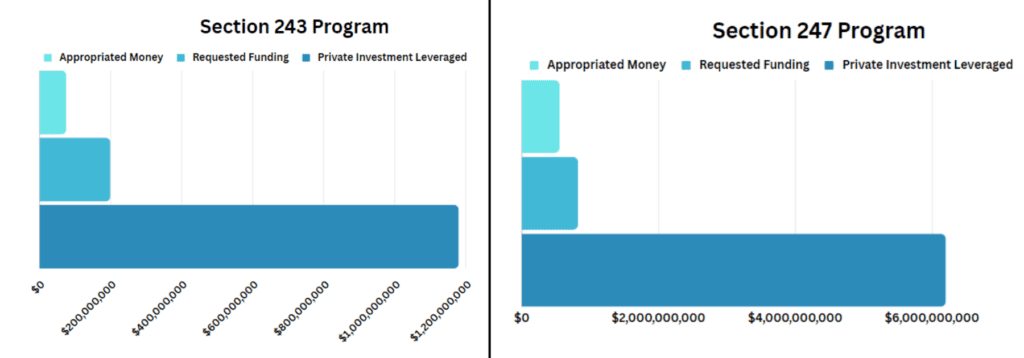
With still two months to go before the Section 247 deadline, companies are developing strategies on their potential applications and collecting the necessary information and data.
One potential wrinkle in the Section 247 timeline could be the impact of a possible government shutdown. The federal government’s current fiscal year ends in September. The Congress left last week for the August recess and will not return until after Labor Day, which leaves little time to complete the FY 2024 appropriations bills to fund the federal government, including the DOE.
What will happen with the Section 247 application deadline if the federal government shuts down is unknown; the GDO has been contacted with this question. Regardless, companies should proceed under the assumption that the October 6 deadline will hold.
Assuming the timing of the application process remains as currently scheduled, GDO previously indicated that Section 247 award notifications would be made in February 2024. However, as with the Section 243 program, the anticipated high number of applications may extend the review time and delay award notifications until Spring 2024.
NHA will continue to monitor developments. Stay tuned to POWERHOUSE and participate in NHA’s legislative and regulatory committee calls for future updates.
*Author Note:
Jeff Leahey is a Vice President of SMI. He assists clients with their federal government affairs needs, including implementation and response to IIJA funding, including the hydropower incentives, tax, and appropriations issues. He can be reached at (202) 340-7181 and by email at jeff@strategicmi.com.

